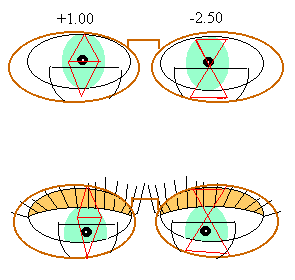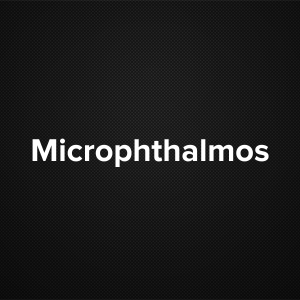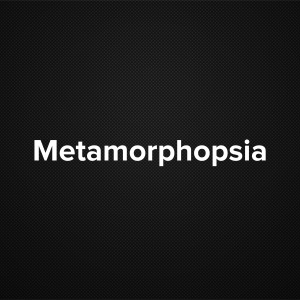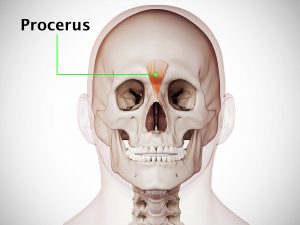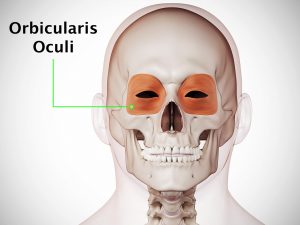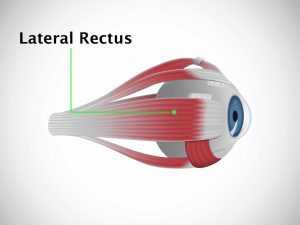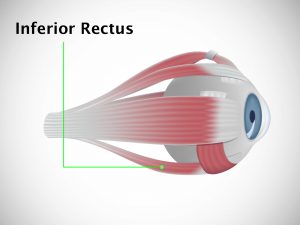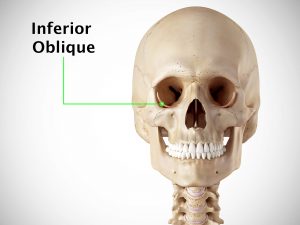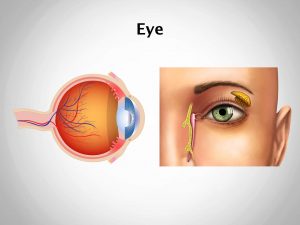Causes and risk factors
The exact reason behind the development of anisometropia is not yet understood.
Clinical presentation
Anisometropia can occur in 3 situations:
- Both eyes have varying degrees of myopia (near-sightedness),
- Both eyes have varying degrees of hypermetropia (far-sightedness),
- One eye has myopia, whereas the other has hypermetropia.
Investigations
The diagnosis of anisometropia can be made by assessing the refractive power of the eyes.
Treatment
Corrective spectacles or contact lenses are prescribed to the patient in order to normalize the vision. Refractive surgery can be performed to correct the refractive errors.
Complications
Anisometropia can give rise to amblyopia and chronic retinal blur.
When to contact a doctor
Contact a doctor as soon as you experience any problems with vision.
Prevention
The occurrence of anisometropia cannot be prevented.
Systems involved
Ophthalmology.
Organs involved
Eyes.
